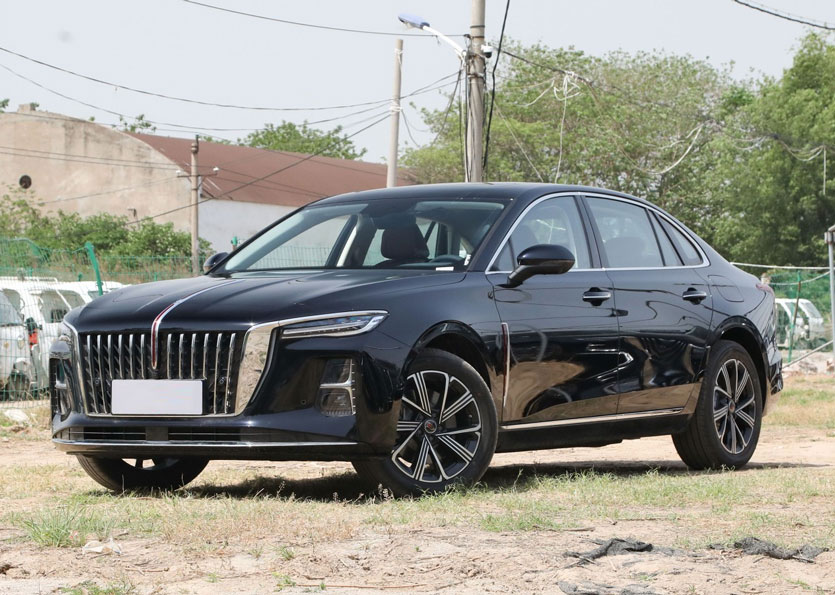Imperial Grandeur Meets Modernity
The H5 PHEV retains Hongqi’s signature vertical waterfall grille framed by a bold chrome border, flanked by sleek LED matrix headlights. A redesigned blue-accented logo signifies its electrified identity, while aerodynamic tweaks like flush door handles and low-drag wheels reduce its drag coefficient to 0.28. The rear’s split-light design and “Hongqi” Chinese character emblem exude national pride. Compared to the conservative Toyota Camry Hybrid, the H5 PHEV feels more stately—ideal for diplomatic or business settings.
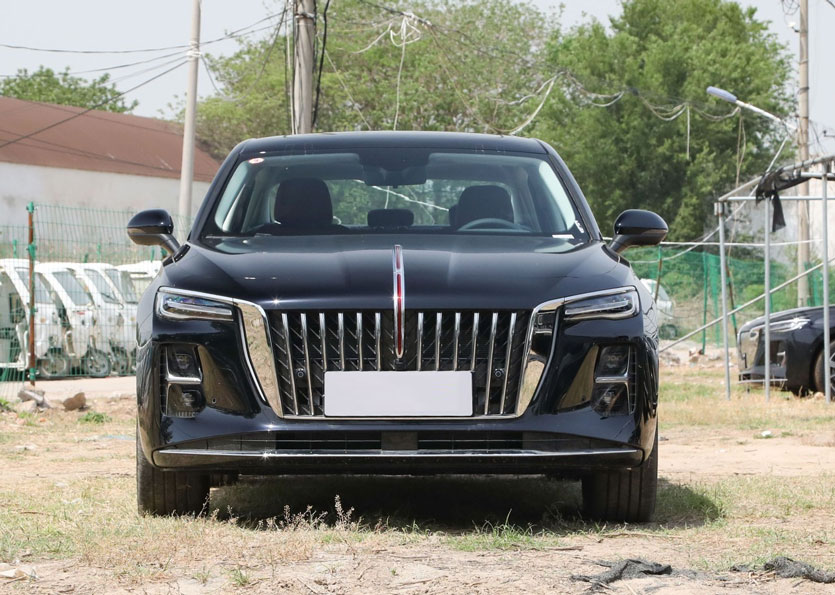
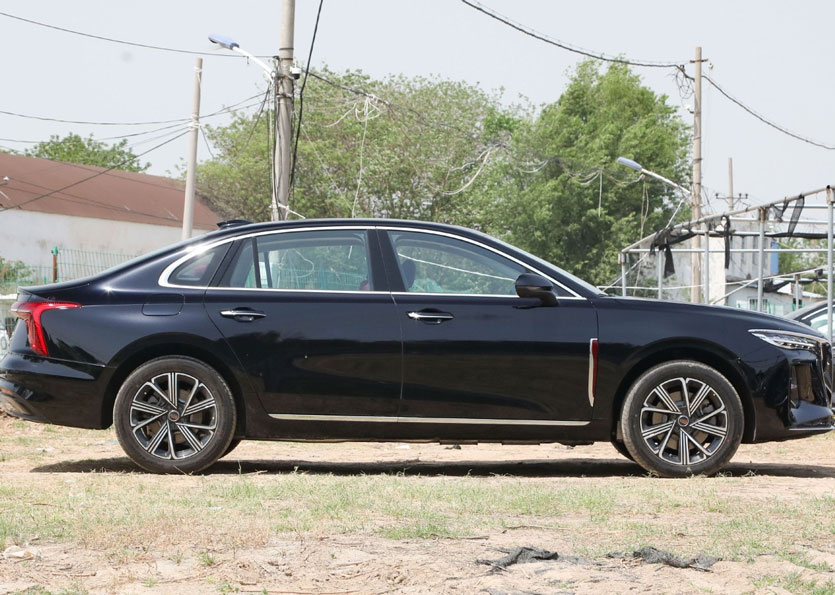
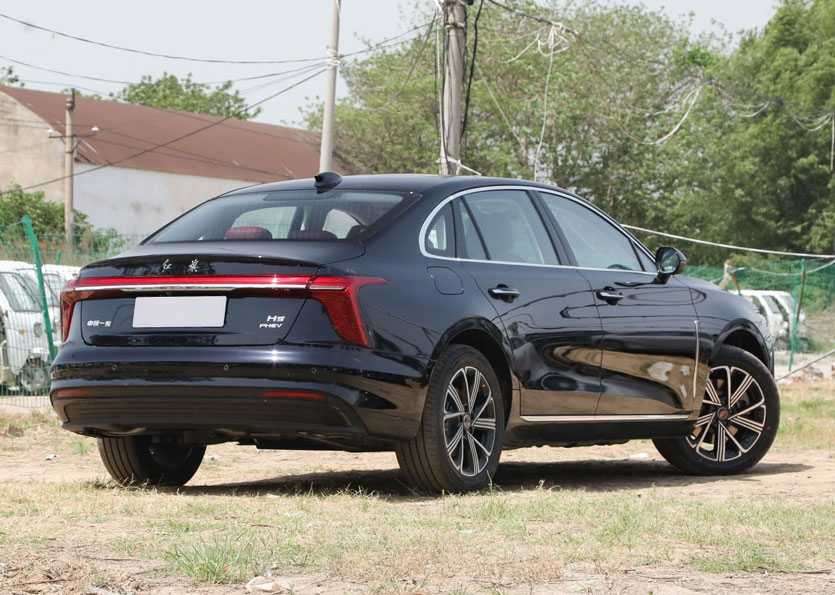
Hybrid Tech with a Conservative Approach
Powered by a 1.5T turbocharged engine (154 hp) paired with a 160 kW electric motor, the H5 PHEV delivers 250 kW combined output. Its 17.7 kWh ternary lithium battery offers a NEDC纯电续航 (pure EV range) of 101 km—sufficient for daily commutes. Unlike BYD’s DM-i system prioritizing electric drive, Hongqi’s hybrid logic leans on engine assistance for acceleration, resulting in smoother transitions but less EV-centric efficiency. Charging takes 3.5 hours (AC), lacking ultra-fast DC capability.
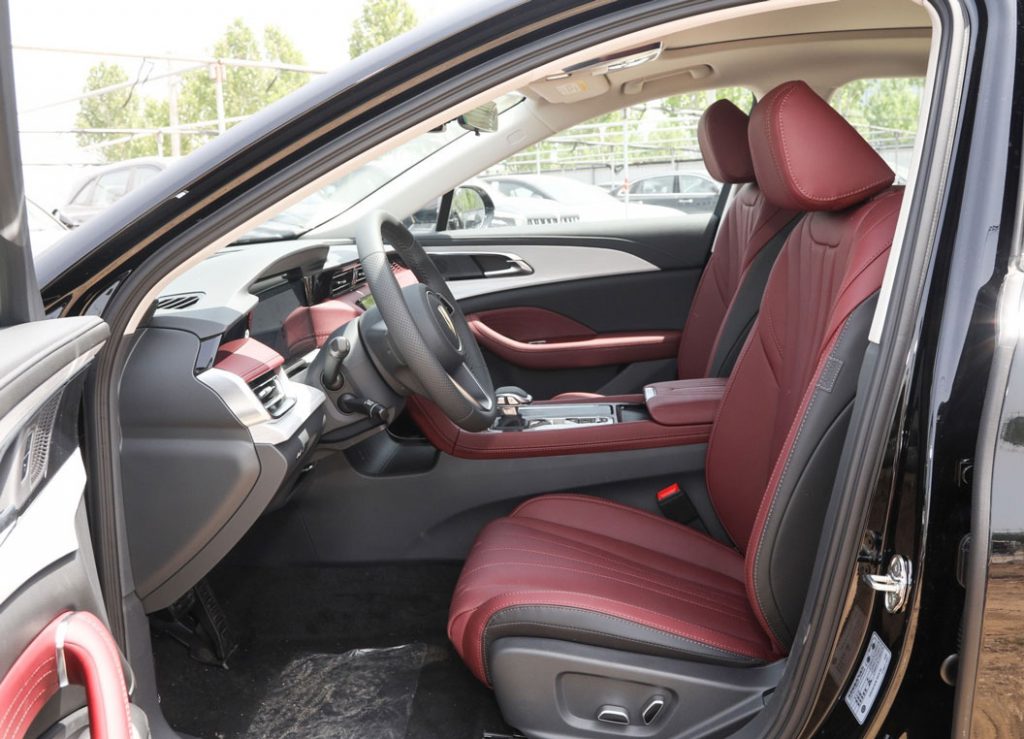
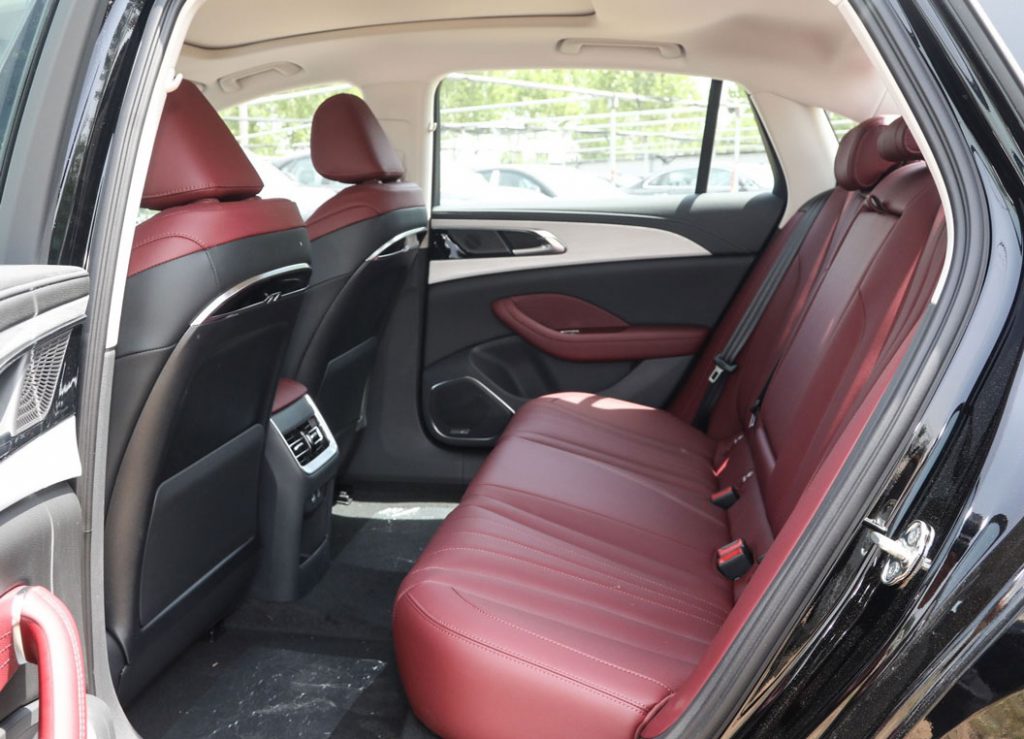
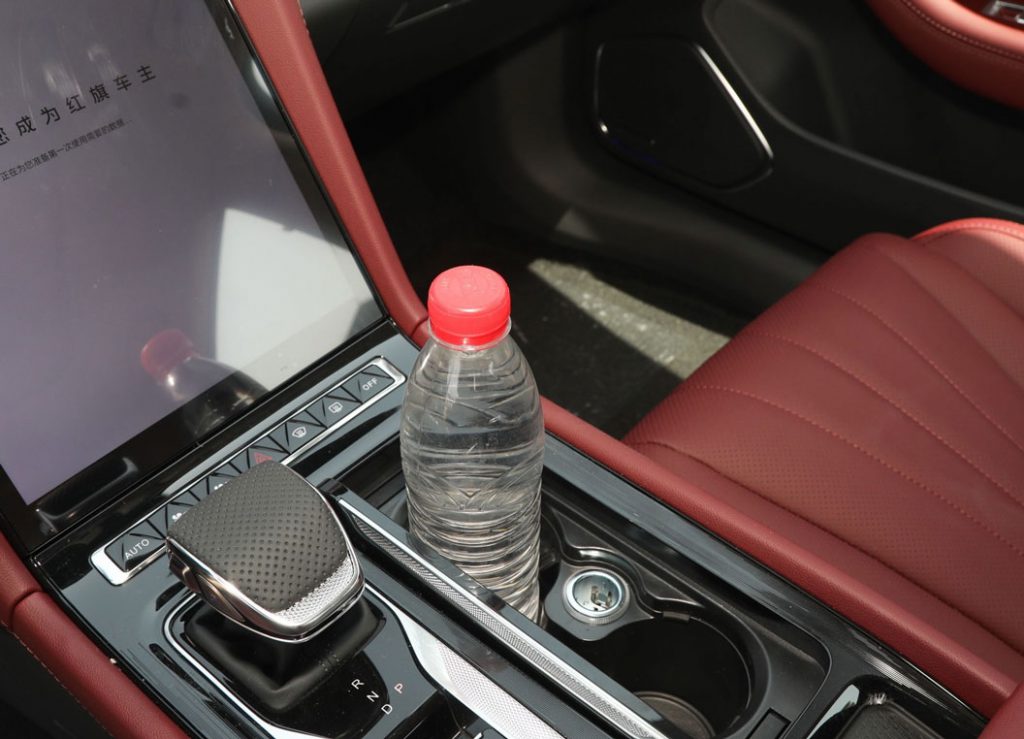
Adequate but Not Class-Leading
The H5 PHEV accelerates 0-100 km/h in 7.8 seconds, trailing rivals like the BYD Han DM-i (4.7s). Its combined NEDC fuel consumption is 1.2L/100km, but real-world馈电油耗 (engine-only usage) climbs to 5.8L/100km—higher than class benchmarks. The 800km+ total range is practical but unremarkable against competitors exceeding 1,000km.
Tradition-Inspired Luxury
The cabin blends Nappa leather, matte wood trim, and ambient lighting mimicking palace lanterns. A 12.3-inch digital dashboard and 12.6-inch vertical touchscreen dominate, though the infotainment UI feels outdated versus Li Auto’s systems. Ergonomic highlights include heated/ventilated massage seats and a rear executive package (leg rest, tablet controls). However, rear headroom suffers due to the sloping roofline.
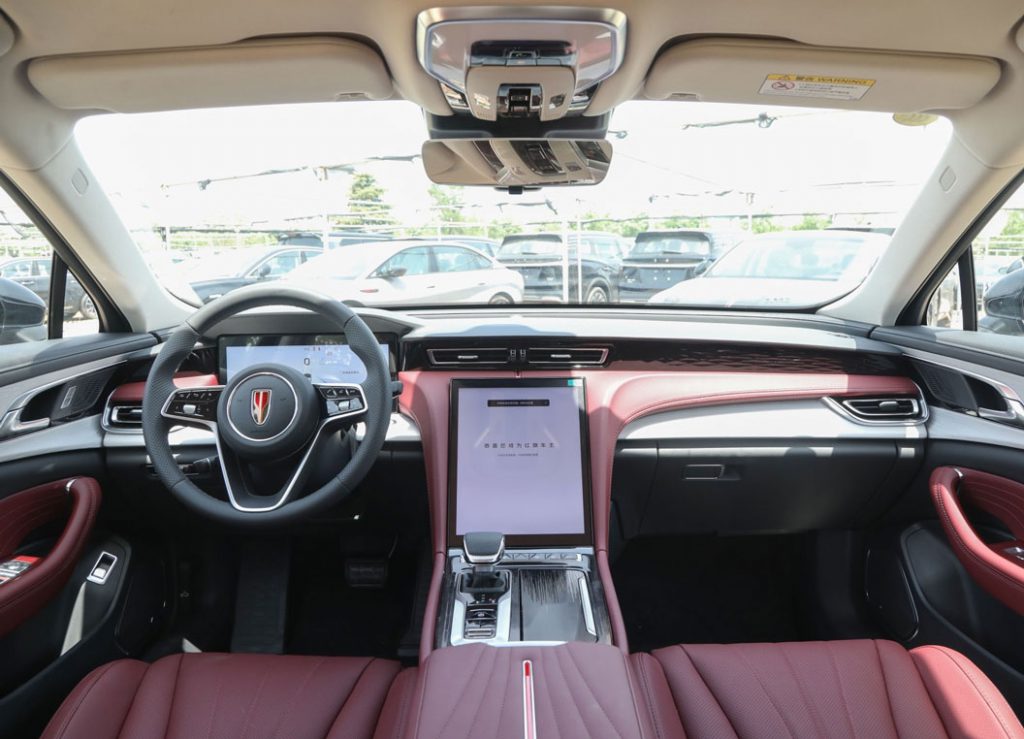
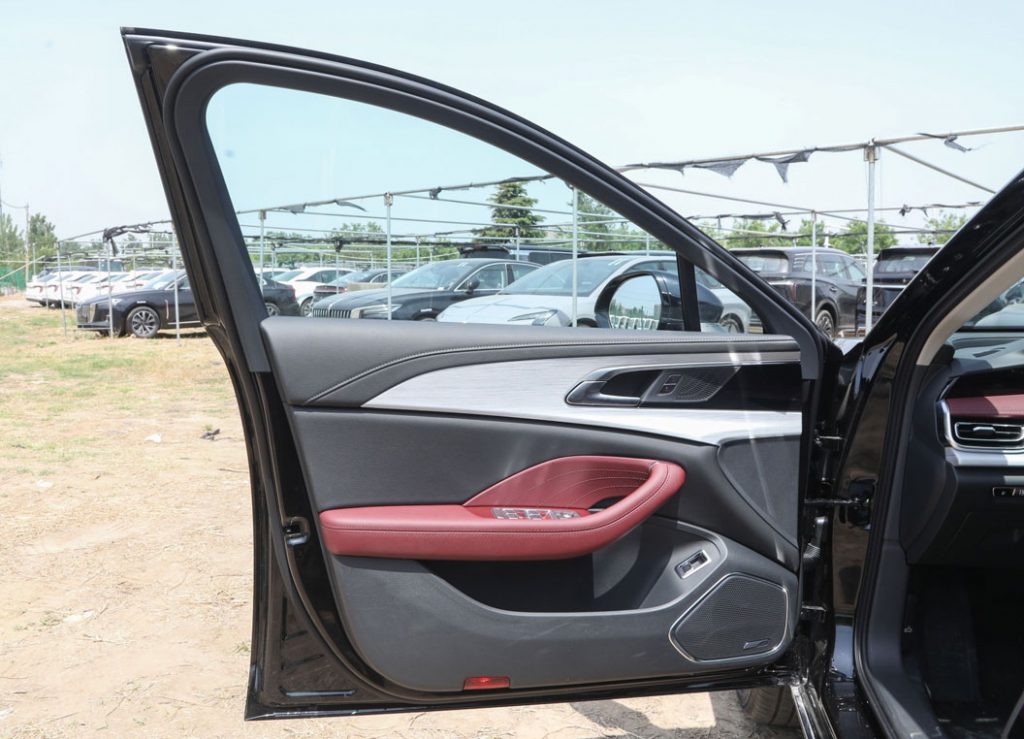

Niche Appeal vs. Mainstream Rivals
At its price point, the H5 PHEV faces the BYD Han DM-i, Volkswagen Passat PHEV, and Tesla Model 3. Its advantages include:
Cultural cachet: Unique appeal to buyers valuing Chinese heritage.
Comfort focus: Superior noise insulation and rear-seat luxury.
Government/B2B demand: High preference in official fleets.
Weaknesses: Narrower charging network vs. BYD, slower tech updates, and weaker brand recognition globally.
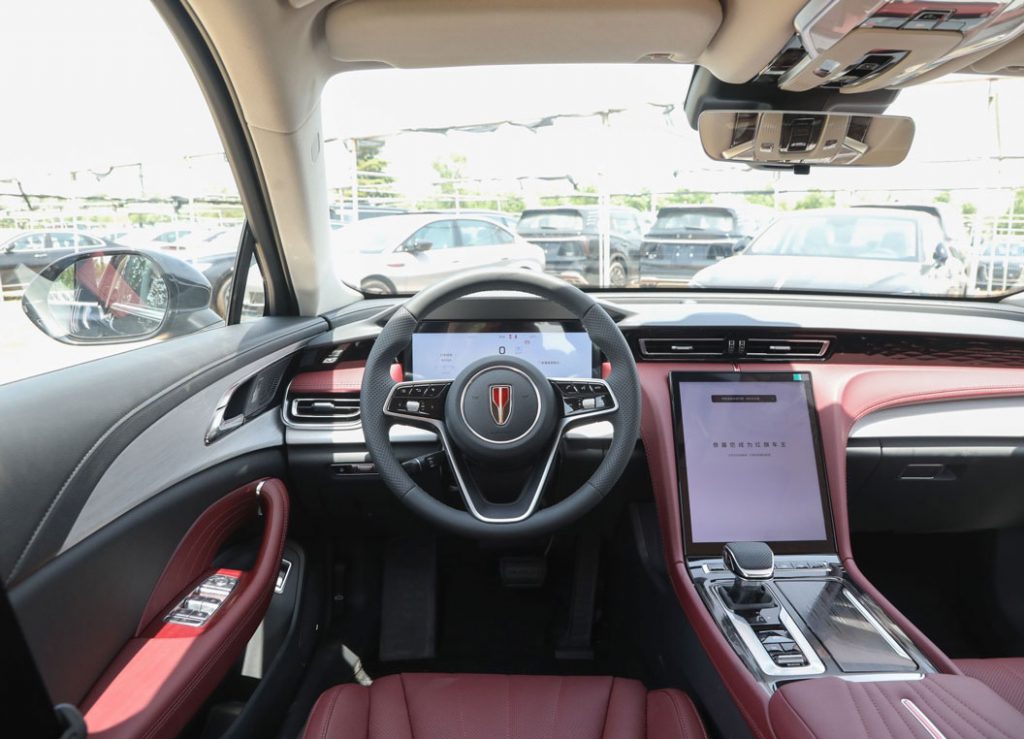
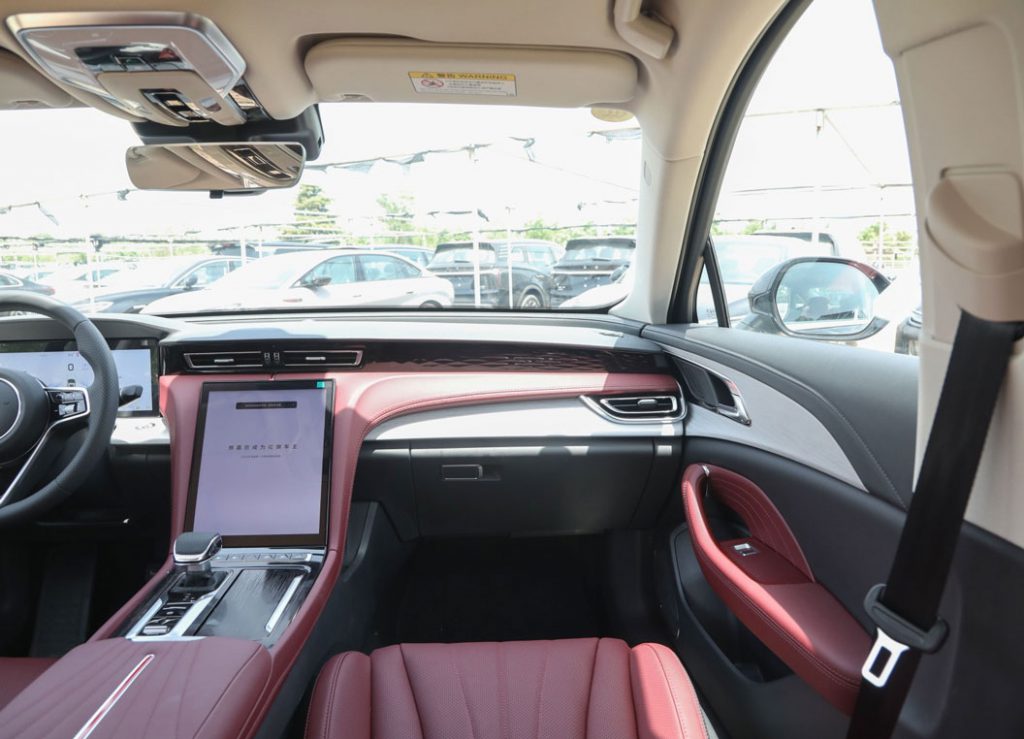
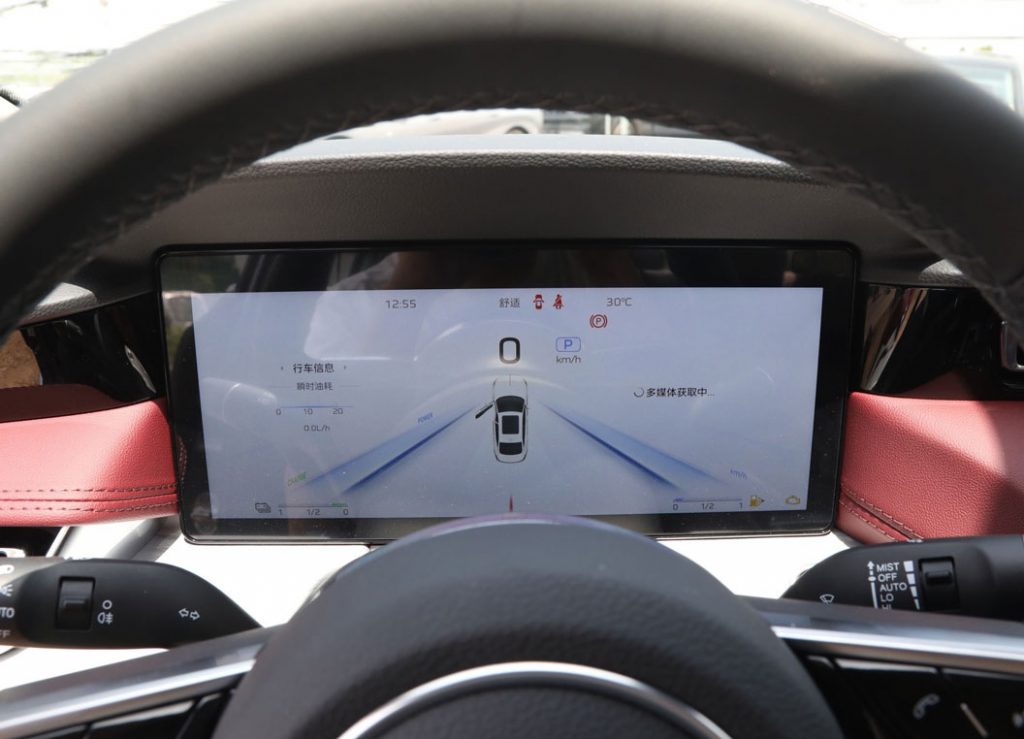
Cultural Embeddedness
The H5 PHEV integrates subtle Chinese motifs: jade-like gear knobs, cloud-patterned stitching, and startup animations featuring the Great Wall. Unlike Western brands pushing futurism, Hongqi leverages historical nostalgia—a double-edged sword that resonates locally but limits global appeal.
Verdict: A Diplomat on Wheels
The Hongqi H5 PHEV isn’t the most efficient or tech-savvy PHEV, but its cultural gravitas and serene refinement make it a compelling choice for buyers prioritizing national identity and comfort. It thrives in contexts where symbolism matters as much as specs—a rolling testament to China’s automotive ambition. For mainstream consumers, rivals offer better value, but for patriots, the H5 PHEV is irreplaceable.
No dealer quotes available at the moment
